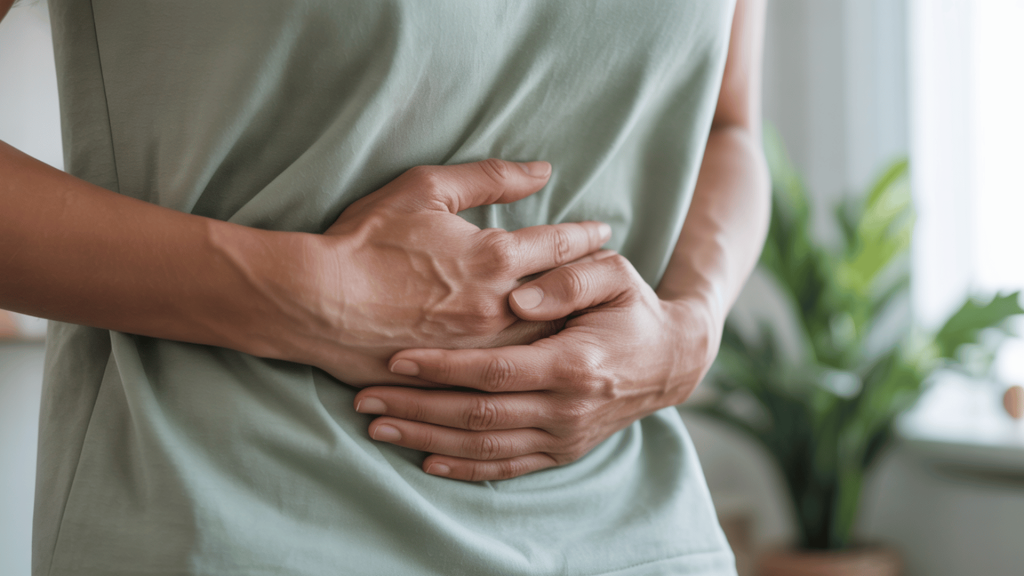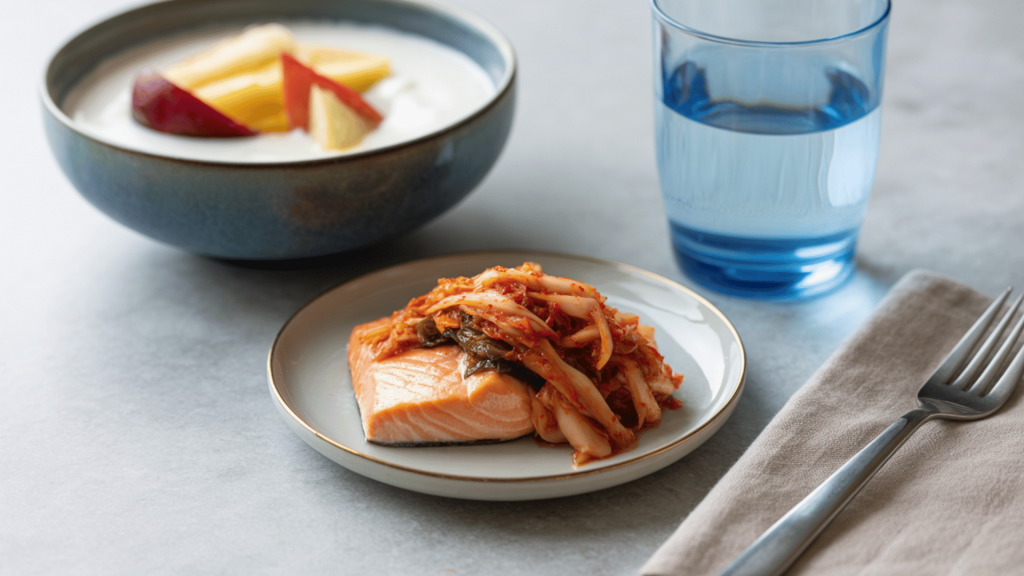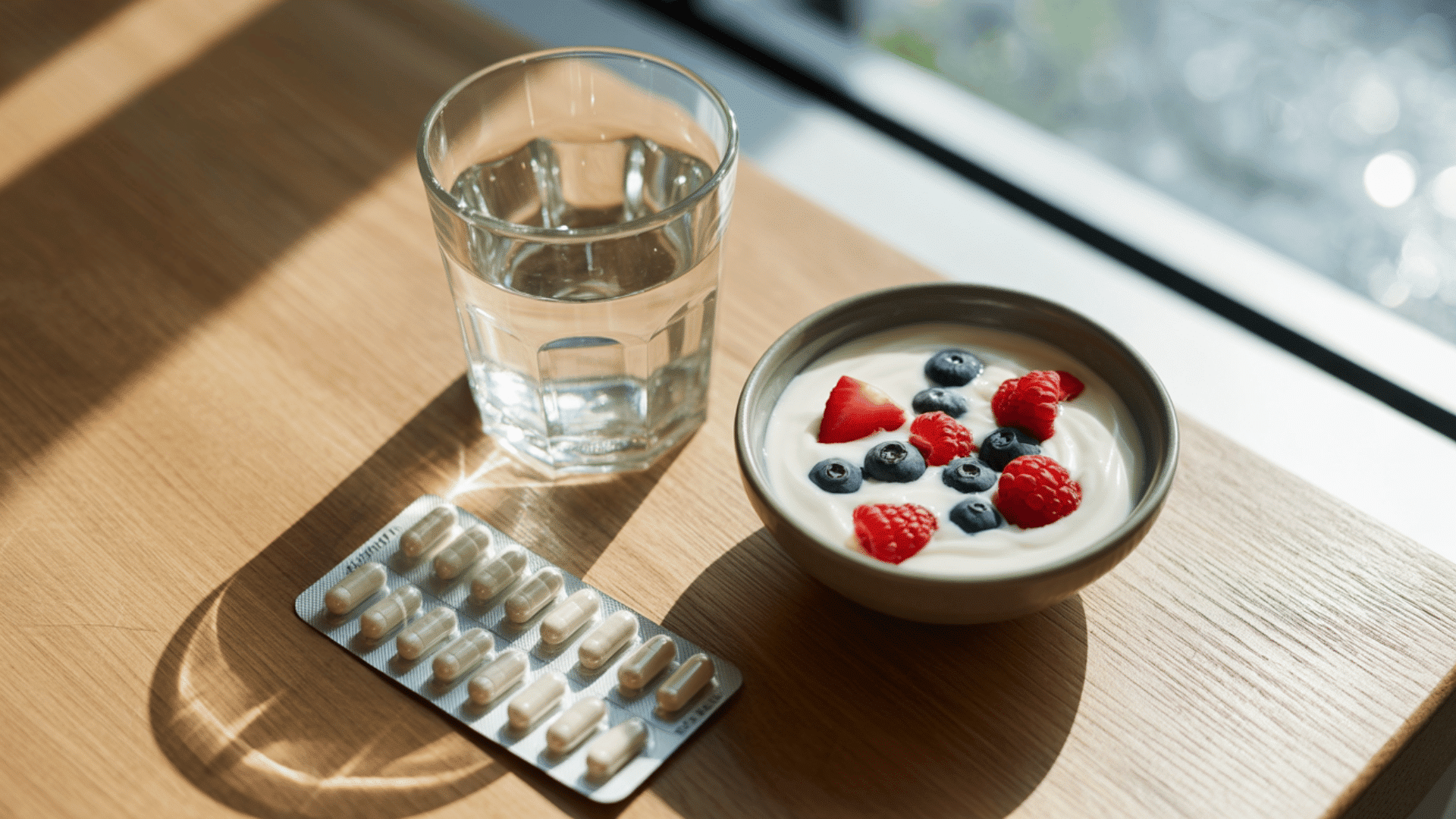Ever wondered why your expensive probiotics might not be working?
The secret to probiotic effectiveness isn’t which strain you choose; it’s timing, as random supplement schedules dramatically impact results. Poor timing can sabotage gut health goals by disregarding your digestive system’s natural rhythms.
The pH levels of your stomach and digestive activity significantly impact the survival of probiotics. But there’s a specific window that maximizes these beneficial bacteria’s chances.
Find out when is the best time to take probiotics, the timing secret that could revolutionize your gut health pursuit.
Disclaimer: This blog is for informational purposes only and does not replace professional medical advice
Does Timing Matter for Probiotic Effectiveness?
When is the best time to take probiotics, which significantly impacts their survival and effectiveness?
Stomach acid levels fluctuate throughout the day, directly affecting the number of beneficial bacteria that reach the intestines alive.
Studies indicate that strategic timing can increase bacterial survival rates by up to 60% compared to random dosing, making timing a crucial factor in maximizing the benefits of gut health.
Additionally, taking probiotics consistently at the same time daily helps establish better colonization patterns in the gut microbiome.
However, individual digestive patterns and specific probiotic strains may require personalized timing adjustments for maximum effectiveness.
Probiotics and Gut Health

Probiotics are live beneficial bacteria that help maintain a balanced gut microbiome, which is crucial for optimal digestive function.
These microorganisms work by colonizing the intestinal tract, crowding out harmful bacteria, and supporting the intestinal barrier.
Understanding when is the best time to take probiotics becomes important because research shows that a healthy gut microbiome influences everything from nutrient absorption to immune system function.
A healthy gut with beneficial bacteria can better digest food, reduce inflammation, and prevent issues such as bloating, gas, and irregular bowel movements.
Different Types and Strains of Probiotics
Not all probiotics are created equal. Each probiotic type has distinct characteristics that may influence the optimal time to take probiotics for specific health goals.
- Lactobacillus strains: These acid-resistant bacteria bloom in acidic environments, making them suitable for taking with meals or at any time of day without significant loss of potency.
- Bifidobacterium strains: They are more sensitive to stomach acid; therefore, these probiotics perform best when taken on an empty stomach or 30 minutes before meals to ensure maximum survival rates.
- Saccharomyces boulardii: This beneficial yeast is highly resistant to stomach acid and antibiotics, allowing flexible timing throughout the day without compromising effectiveness.
- Multi-strain probiotics: Complex formulations may require specific timing based on their dominant strains, typically performing best on an empty stomach to optimize the best time to take a probiotic for overall gut health.
- Spore-based probiotics: These hardy bacteria can survive harsh stomach conditions, making timing less critical compared to traditional probiotic strains.
Best Time to Take Probiotics
Choosing when is the best time to take probiotics often comes down to your routine. While both morning and night have their advantages, consistency is the real key to success.
| TIME OF DAY | PROS | CONS | BEST FOR |
|---|---|---|---|
| Morning (empty stomach) | Lower stomach acid in the early hours may help more probiotics survive; it’s easy to make it part of a morning routine | Some people experience mild stomach upset when taking probiotics before food | Those who prefer a structured morning wellness routine |
| Night (before bed) | Digestion slows down during sleep, giving probiotics more time to colonize the gut | Easy to forget if you’re tired or don’t have a set bedtime | People who struggle with morning routines or already take evening supplements |
| Other Times (with meals) | Food can act as a buffer against stomach acid; it’s easier to remember with a meal | Effectiveness may vary depending on what you eat | Anyone who wants flexibility and convenience |
Probiotics in Relation to Food Consumption

Understanding how food affects probiotics is as important as knowing the best time to take them. Proper food combinations help beneficial bacteria survive digestion, while wrong ones can limit their effectiveness.
Foods That Work Well With Probiotics
Pairing supplements with supportive foods can give better results. Fiber-rich fruits and whole grains serve as prebiotics, providing fuel for beneficial bacteria once they reach the gut.
Fermented foods naturally provide additional live cultures that supplement a probiotic supplement. Combining these options enhances the likelihood of maximizing the benefits when taking a probiotic.
- Yogurt or kefir with fruit
- Oats topped with bananas or berries
- Whole-grain toast with avocado
- Sauerkraut or kimchi alongside a protein-rich meal
Foods to Avoid When Taking Probiotics
Certain foods can reduce the effectiveness of probiotics, even if taken at the best time to take a probiotic. Highly acidic drinks or processed sugars may create conditions that limit bacterial survival.
Steering clear of these foods ensures the bacteria have the best chance to progress. These are the foods you should typically avoid:
- Highly acidic sodas or citrus-heavy drinks
- Fried or greasy fast food meals
- Candy, pastries, or ultra-processed sugary snacks
- Processed meats are high in preservatives
Signs Probiotics Are Working for You

Recognizing positive changes from probiotic supplements confirms that the timing and strain are effective in achieving benefits. These improvements usually appear within 2-4 weeks with consistent use at the optimal time for individual needs.
- Reduced bloating and gas: Less abdominal distension and uncomfortable gas production after meals indicate improved digestive balance. This sign often appears within the first 1-2 weeks of consistent probiotic use.
- More regular bowel movements: Consistent and comfortable elimination patterns indicate a better gut microbiome balance and improved digestion. The best time to take probiotics is when bowel regularity noticeably improves.
- Improved digestion: Reduced stomach discomfort, heartburn, or indigestion after eating shows improved digestive enzyme activity. Better nutrient absorption and less distress indicate probiotic effectiveness.
- Better gut comfort: Decreased abdominal cramping and better digestion suggest successful bacterial colonization. Improved gut comfort indicates probiotic timing and strain are working well.
Practical Tips to Choose Your Probiotic Routine
Creating a good probiotic routine involves more than just picking a supplement off the shelf. Understanding and establishing consistent habits can significantly improve gut health outcomes.
- Begin with a single strain to assess tolerance before attempting multi-strain formulas.
- Take probiotics at the same time every day to establish a consistent routine.
- Consider taking probiotics 30 minutes before breakfast for optimal absorption.
- Avoid taking probiotics with hot beverages, as they can kill beneficial bacteria.
- Give new probiotic regimens at least 4 weeks to show noticeable effects.
Wrapping It Up
Taking probiotics at the right time can significantly impact their effectiveness. Most experts suggest taking them on an empty stomach, about 30 minutes before eating breakfast.
This timing helps beneficial bacteria reach the intestines, where they are most effective. Some prefer taking probiotics with a small meal to avoid stomach discomfort. The key is consistency; choose a routine time and stick to it daily.
Whether someone chooses to use it in the morning, noon, or night, regular use yields the best results for digestive health and overall wellness.
Ready to boost your gut health? Start your daily probiotic routine today and feel the difference consistency makes.







